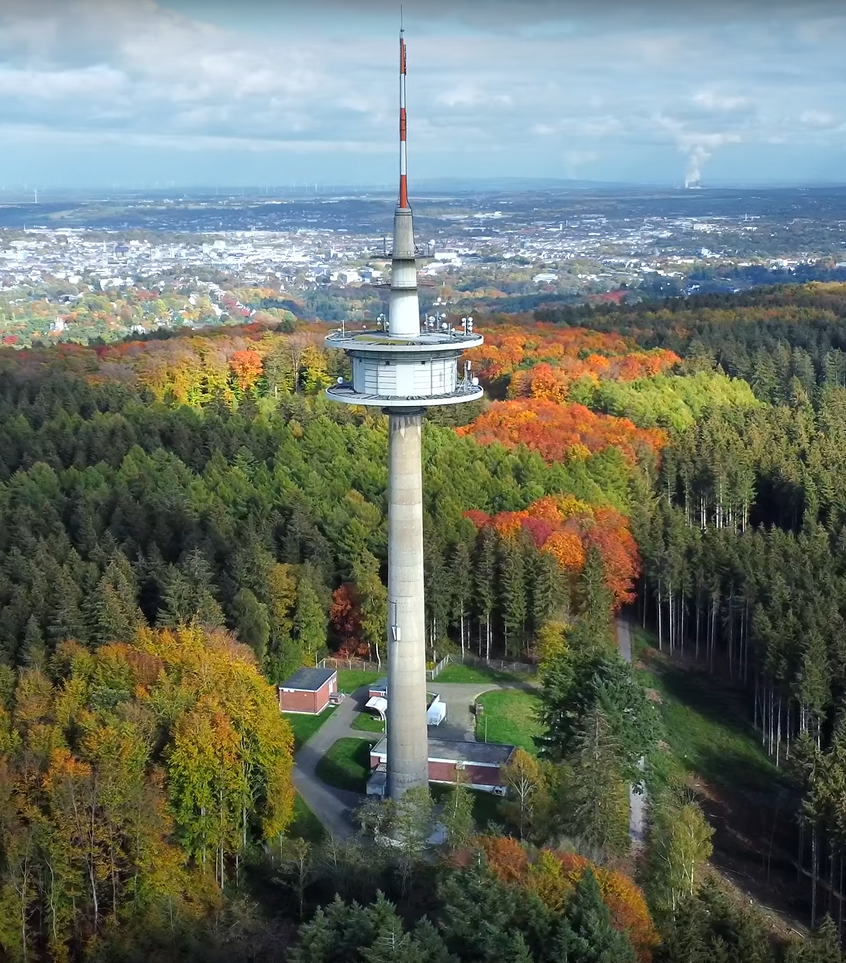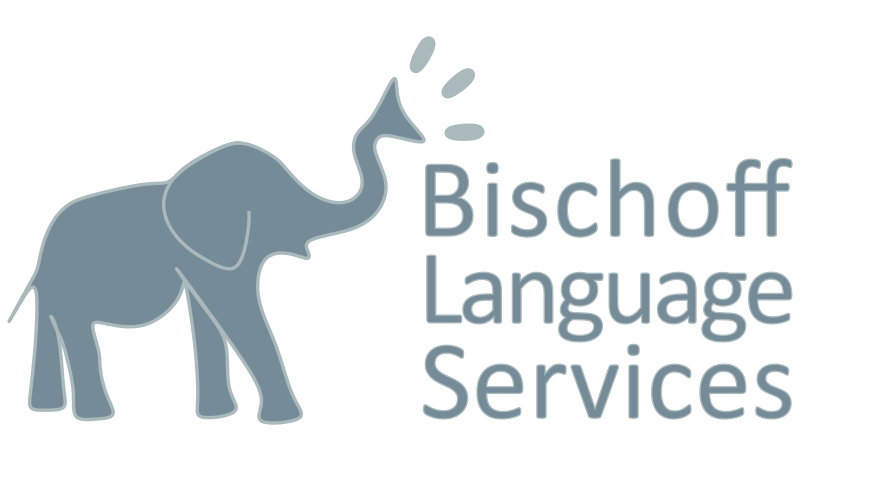The Imperial City of Aachen
Perfectly Positioned Between the Metropolises of Cologne and Brussels
At the Tri-Border Area
Aachen sits at the crossroads of Germany, Belgium, and the Netherlands. In 1919, with the incorporation of Neutral Moresnet – a mineral-rich area that had long remained disputed territory and was declared neutral in 1815 – into Belgium, the once Four-Country Corner became the Border Triangle we know today.
Fun fact: To emphasize Neutral Moresnet’s neutrality, the deputy mayor attempted to introduce Esperanto as the official language in 1881.
Aachen is a microcosm of European diversity, where languages, borders, and cultures blend together, creating an atmosphere of tolerance and cooperation that makes the city truly unique.
Steeped in History
The legacy of Charlemagne is evident throughout the city. As the "Father of Europe," he left a lasting mark on our continent.
In 2014, a unique art installation commemorated the 1200th anniversary of Charlemagne's death: 500 red and gold statues of the emperor were placed on the Katschhof square, between the cathedral and the town hall. After the event, local businesses acquired the statues, and now they can be admired in shop windows all around Aachen.
Another fascinating piece of history is the story of the emperor’s elephant.
Charlemagne received a remarkable gift from Caliph Harun al-Rashid: an elephant named Abul Abbas. Accompanied by an interpreter named Isaac, Abul Abbas made the long journey from Baghdad to Aachen, arriving in July 802. Abul Abbas was the first elephant north of the Alps to be recorded by name.
Echoes from the Forest...
Perched on Karlshöhe Hill, the “Mulleklenkes” broadcasting tower keeps the region connected with news. The quirky name combines "mullen," a local dialect word meaning "to chat," with “Klenkes.”
The Klenkes – a hand gesture with the pinky finger extended – is a symbol of true Aachen residents, dating back to the city’s textile manufacturing days. Children working in the needle factories would use their pinky fingers to sort defective needles, which often led to distinctive finger deformities. This raised finger became a silent greeting among Aacheners worldwide.
Just like the Klenkes, the telecommunications tower stands tall in the Aachen Forest, signalling to travellers that they’re nearing the Imperial City. And like the Mulleklenkes, I’m your voice in the tri-border area, ensuring your message crosses borders and reaches the right audience.
Interpreters - A Walking LAIXikon?
As an interpreter and translator, it’s second nature for me to dive deep into my clients’ specialised fields and terminology. Sometimes, this makes me feel like a walking encyclopaedia – or, as we might say here in Aachen, a LAIXicon. Playing on words is a beloved tradition in Aachen, inspired by the city’s French name, “Aix-la-Chapelle.” Our Walloon neighbours just across the border know the city by this name. The first part of the name, “Aix,” originates from the Latin “aquis” (water), referring to the thermal springs that have shaped Aachen’s history as a spa town.





